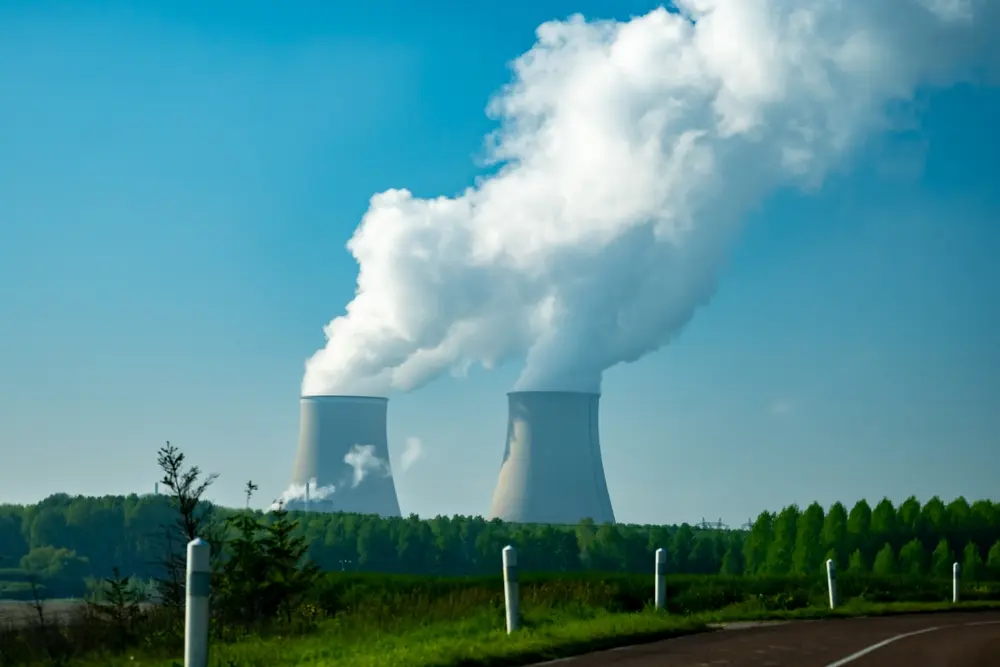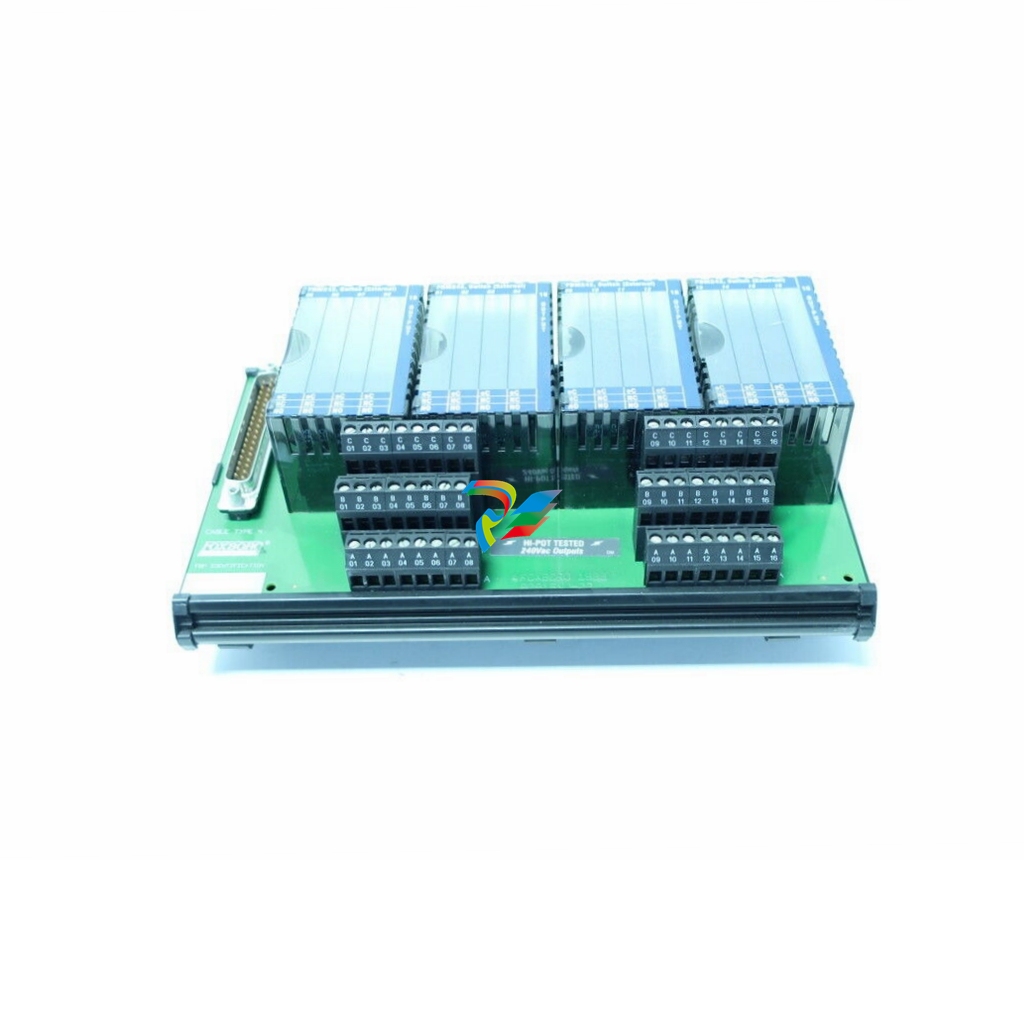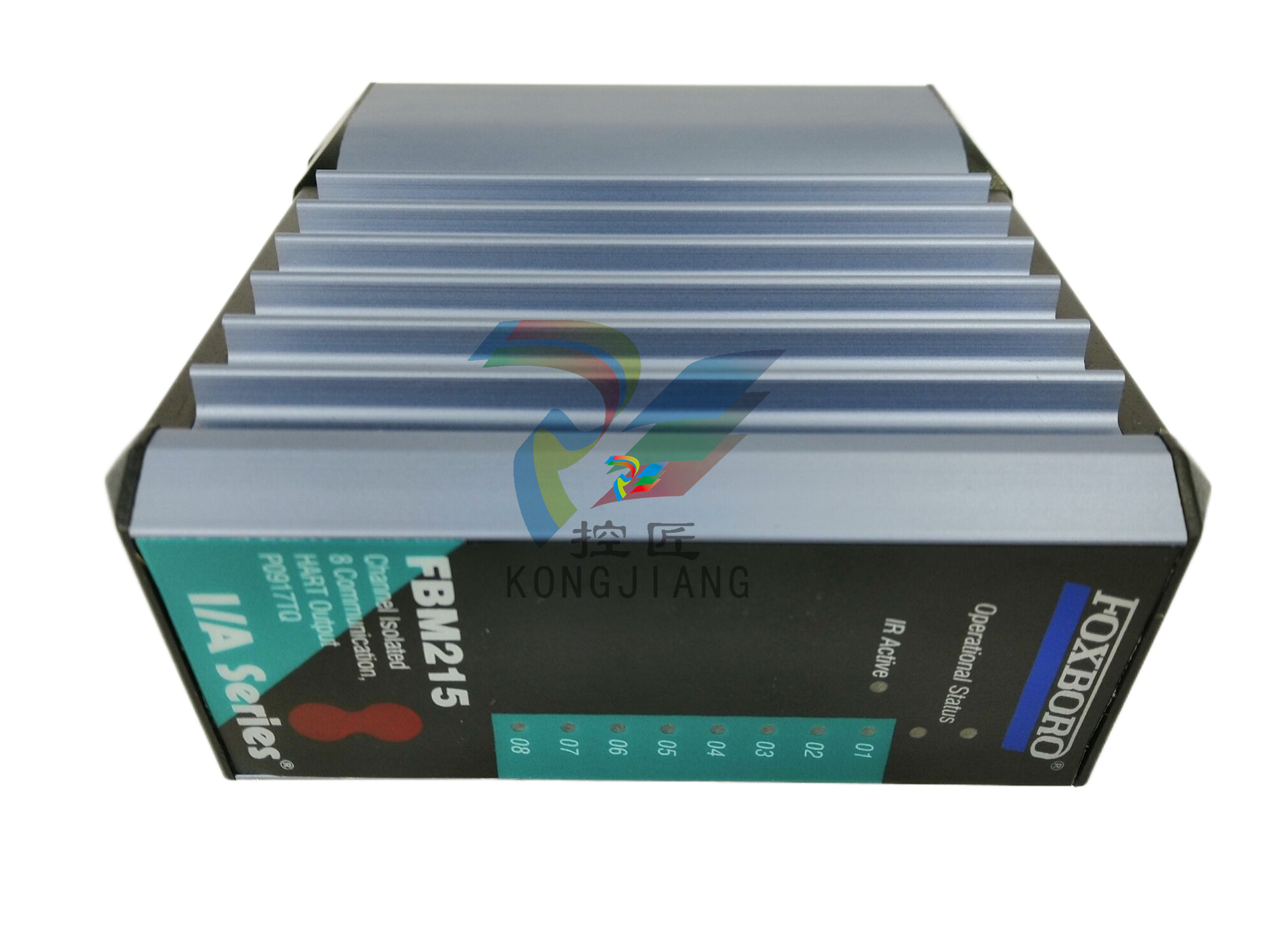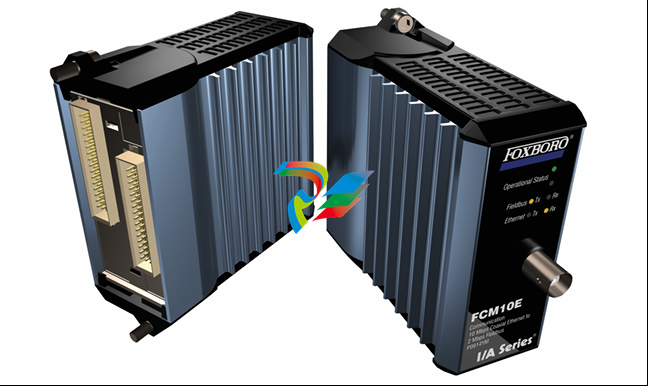
Emerson Liebert GXT3-72VBATT 数量1 未税 保定华北机电有限公司
As clean energy demand rises and the country attempts to meet significant climate goals, the landscape of nuclear energy in the U.S. is changing rapidly.
Commitment to the Future
Alongside 20 other nations, the U.S. has joined a global effort to triple nuclear energy capacity by 2050. To keep pace with this advancement, the U.S. will need at least 700 gigawatts of additional clean power to reach the lofty net-zero emissions goal.
Electricity demand is now up by 20%, driven by data centers for artificial intelligence and computing. But nuclear power is an option that could deliver power at this type of efficiency.

DOE Reports Energy Needs
Research conducted by the DOE has stated that an additional 60 gigawatts of capacity can be in production at a plant in Georgia alone. There are 41 additional sites with room to host additional reactors. Research further showed that a large amount of capacity for further production could take place at retired power plant sites.
Research indicates that at least an additional 128 gigawatts of nuclear capacity can be set up near coal plants. Coal plants mark potential venues for construction as many see projected retirement by 2035, with global efforts and a trend toward pushing for clean energy.
Complimenting Renewable Energy Sources
Building on nuclear power plants that include storage and renewables is much cheaper in decarbonization efforts than with just renewables and nuclear power alone. Within the most expensive hours, when the grid is at its peak usage, storage, transmission, and capacity can be held accountable for maintaining the grid’s full functionality. Research finds that the pairing could lead to an estimated 37% reduction in system-wide cost.
The DOE’s research and climate trends find that all industry stakeholders must collaborate to meet the advanced goals of nuclear energy at the commercial level.
Image Credit: Shutterstock.com / barmalini













































.jpg)
.jpg)
.jpg)





.jpg)



.png)
.jpg)

.jpg)
_lVjBYb.jpg)

.jpg)
.jpg)



.jpg)
.jpg)







.jpg)

.jpg)
.jpg)











.jpg)




.jpg)
.jpg)
.jpg)
.jpg)
.jpg)
.jpg)

.jpg)

.jpg)
.jpg)
.jpg)






.jpg)


.jpg)






